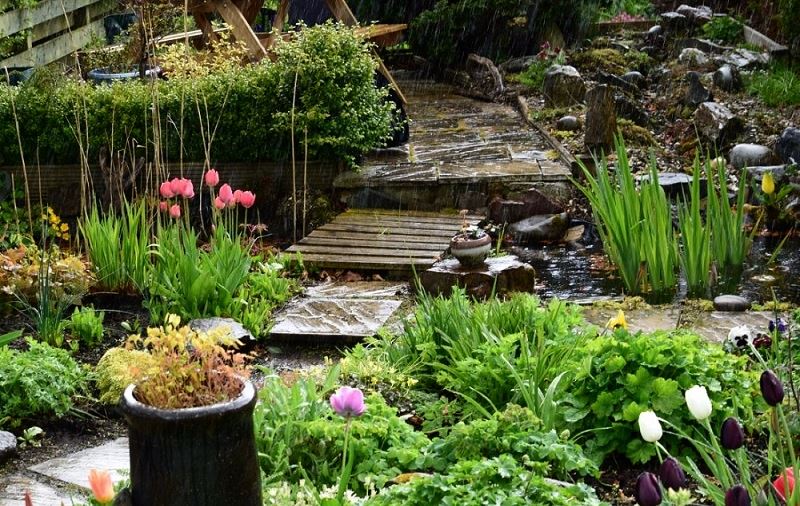We are feeling the effects of global warming every day. Decreased precipitation or sudden rains cause overflow of streams in cities, clogging of sewer lines, and as a result, floods. Precipitation waters in cities; they are stored in storm water lines or sewers. These waters cannot infiltrate underground and cannot feed groundwater. Rain gardens are created to create sustainable cities by feeding groundwater.

Some of the precipitation water collected on hard floors in cities can be directed to rain and sewer lines and some to rain gardens. rain gardens; It is defined as the areas where precipitation waters reach directly or indirectly and feed the soil. Precipitation water accumulated on roofs, roads, pavements and other hard floors is delivered to the rain garden with simple solutions. Since rain gardens will be areas that collect precipitation, they should be at a lower elevation than other areas and have a slope for surface flow.

Rainwater reaching the rain gardens feeds the plants there, and as a result, it is absorbed from the soil and ensures the sustainability of the groundwater. In the garden, plants suitable for that region should be preferred.

In our gardens, on the other hand, regular irrigation is needed in order for the plants to continue their development. With the collection of rain water, the water needs of the plants will be met.

 Easy Landscape Architecture Design, Execution, Care
Easy Landscape Architecture Design, Execution, Care